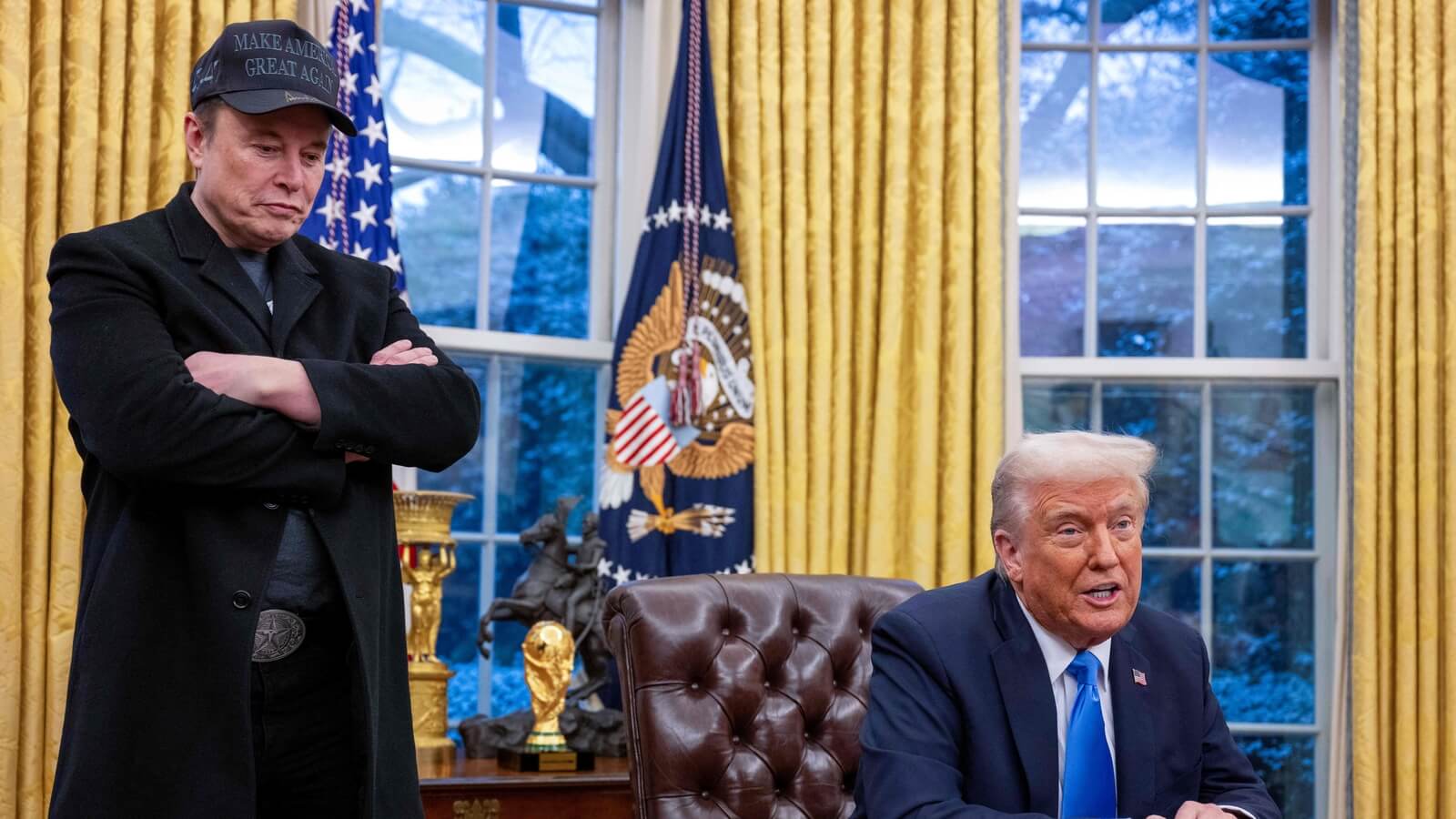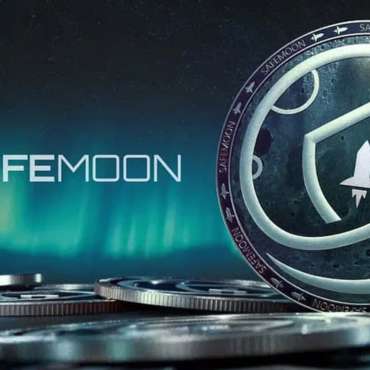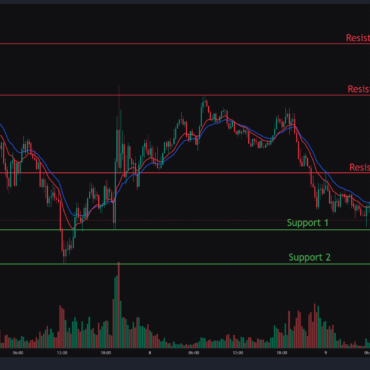President Donald Trump announced Sunday that XRP, Solana (SOL), and Cardano (ADA) will join a U.S. strategic crypto reserve. Initially omitting Bitcoin (BTC) and Ethereum (ETH), he later clarified their inclusion, calling them the reserve’s “heart.” The move marks a pivot from his 2024 campaign pledge to build a Bitcoin-only stockpile.
“A U.S. Crypto Reserve will elevate this critical industry after years of corrupt attacks by the Biden Administration,” Trump declared on Truth Social. Following the announcement, ADA surged 63%, SOL rose 23%, and XRP jumped 32% within hours. BTC and ETH initially lagged but rebounded after Trump’s update.
Bitcoin Maximalists Decry Shift from Exclusive Reserve
Trump’s expanded reserve strategy stunned Bitcoin advocates who expected fidelity to his Nashville keynote. At Bitcoin 2024, he vowed: “We will keep 100% of all Bitcoin the government holds.” However, his January 23 executive order redefined the reserve as a “digital asset stockpile,” angering purists.
“Raise your hand if you think Donald Trump should make the national ‘digital asset’ stockpile Bitcoin only,” tweeted Walker of THE Bitcoin Podcast. Pierre Rochard of Riot Platforms criticised the “vague” order, calling it a betrayal. This directive banned CBDC research, aligning with crypto-libertarian values but failing to appease maximalists.
Markets Mixed Reactions
Analysts noted retail investors rapid response to policy signals. “Trump’s words move markets faster than any Fed statement,” commented CoinShares strategist Meltem Demirors. Despite volatility, the reserve plan signals federal validation for altcoins historically deemed “risky” by regulators.
Legislative Momentum Builds Behind Crypto Reserves
Senator Cynthia Lummis (R-WY) laid the groundwork for federal crypto reserves last July, proposing a bill to acquire 1 million BTC over five years. Though stalled, her initiative inspired state-level efforts. Texas and Florida debated similar bills, though most failed. Trump’s executive order now tasks a working group with formalising the reserve, diverging from Lummis Bitcoin-centric vision.
“Strategic reserves must adapt to ecosystem diversity,” Lummis told CoinDesk. Critics argue politicisation risks favouritism, citing Trump’s Truth Social post: “I will make sure the U.S. is the Crypto Capital of the World.” The working group’s March 7 summit will address regulatory frameworks and reserve logistics.
White House Summit to Address Regulatory Clarity
On March 7, Trump will host crypto executives and policymakers to chart regulatory priorities. Key topics include stablecoin rules and the reserve’s structure. David Sacks, White House Crypto Czar, will attend despite controversy over his Multicoin Capital ties.
Multicoin backs Solana, which Sacks praised in 2021: “I was ‘hodling’ SOL.” He sold holdings pre-administration, per a Sunday X post. Meanwhile, Ripple’s XRP inclusion coincides with its SEC lawsuit. The firm donated heavily to Trump’s 2025 inaugural fund, sparking ethical debates. Sacks defended Trump’s policy: “Announcements align with his week-one executive order.”
Controversies Threaten Reserve’s Credibility
Ripple’s legal woes and Sacks Solana links fuel skepticism. The SEC sued Ripple in 2020 for “unregistered securities sales” of XRP, a case ongoing since Trump’s first term. Ripple’s PAC donations and lobbying intensify scrutiny. “Inclusion of XRP reeks of political patronage,” claimed Crypto Council CEO Sheila Warren.
“A multi-asset reserve mirrors global central banks forex strategies,” said Circle CEO Jeremy Allaire. As debates rage, the administration insists the reserve will “stabilise markets and lead innovation.”
In conclusion, President Trump’s crypto reserve expansion underscores a seismic shift in U.S. digital asset policy. While boosting altcoins, it risks alienating Bitcoin loyalists and inviting ethical questions. March’s summit may determine whether this strategy unites or fractures the industry.
Written By Fazal Ul Vahab C H




